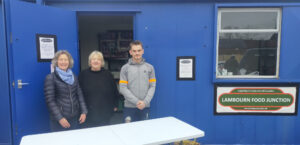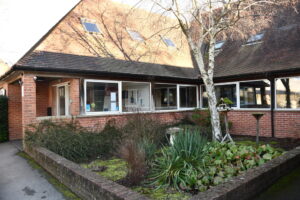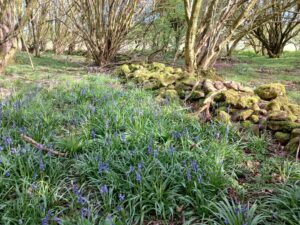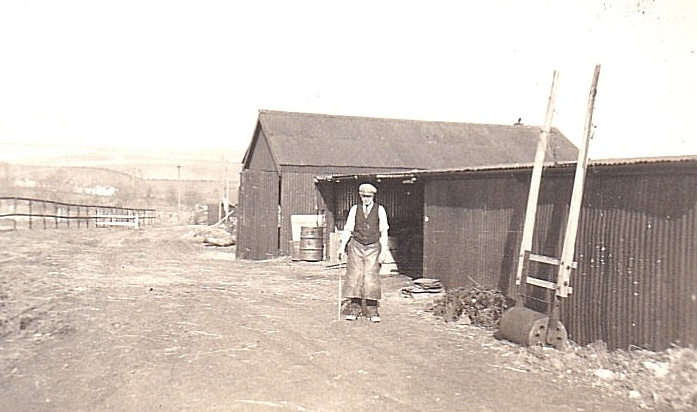
As long as there have been horses in Lambourn there has been a call on the skills of farriers and blacksmiths.
Historically, the jobs of farrier and blacksmith were practically synonymous, shown by the etymology of the word: farrier comes from Middle French ferrier (blacksmith), from the Latin word ferrum (iron).
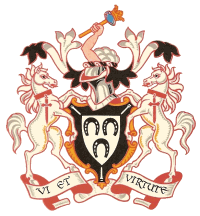
In the United Kingdom, the Worshipful Company of Farriers is one of the Livery Companies of the City of London. The Farriers, or horseshoe makers, organised in 1356. It received a Royal Charter of incorporation in 1571. Over the years, the Company has evolved from a trade association for horseshoe makers into an organisation for those devoted to equine welfare, including veterinary surgeons.
A farrier’s routine work is primarily hoof trimming and shoeing. In ordinary cases, trimming each hoof so it retains proper foot function is important. If the animal has a heavy work load, works on abrasive footing, needs additional traction, or has pathological changes in the hoof or conformational challenges, then shoes may be required. Additional tasks for the farrier include dealing with injured or diseased hooves and application of special shoes for racing, training, or “cosmetic” purposes. Horses with certain diseases or injuries may need remedial procedures for their hooves, or need special shoes.
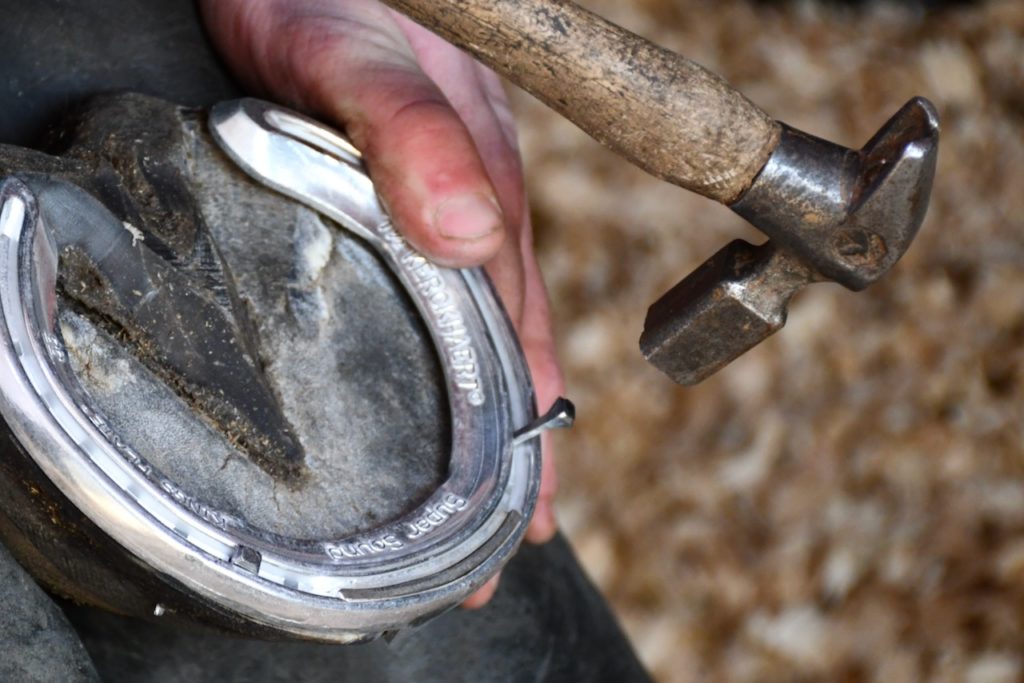
There are a number of mobile farriers who serve the racing yards of the village as well as Chapel Forge, a well established company with a forge in the converted St Luke’s Chapel in Upper Lambourn.

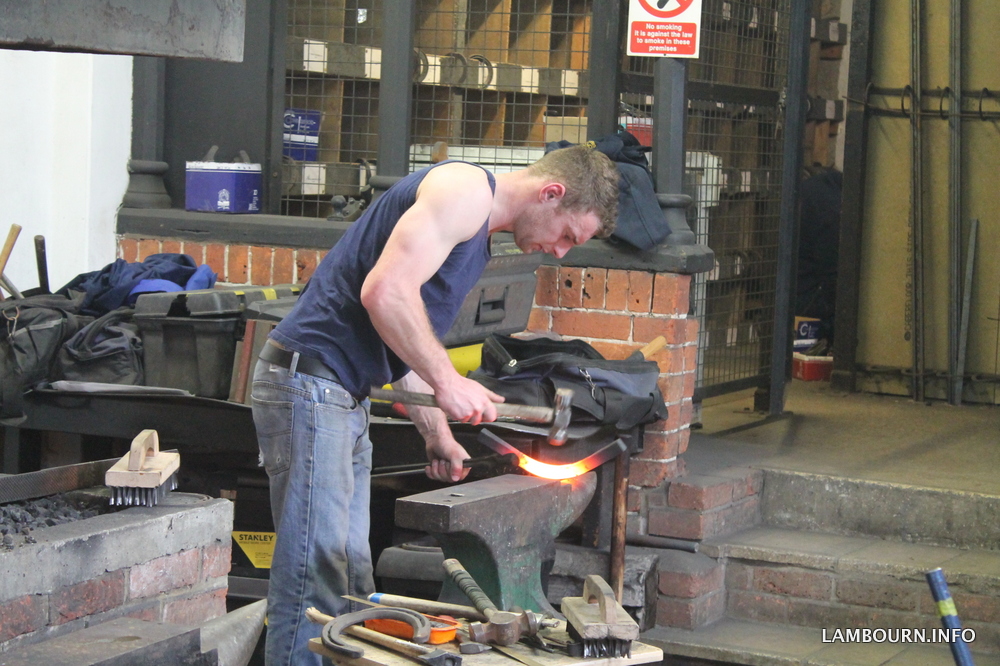
Read about the work of William McWilliam as he explains how one trains to become a farrier and how to shoe a racehorse.
